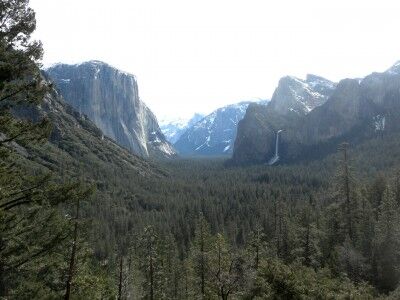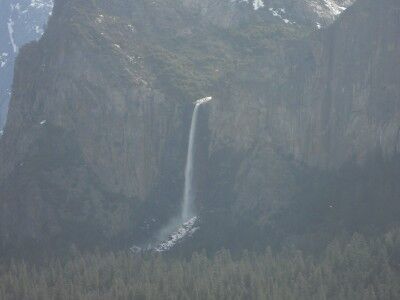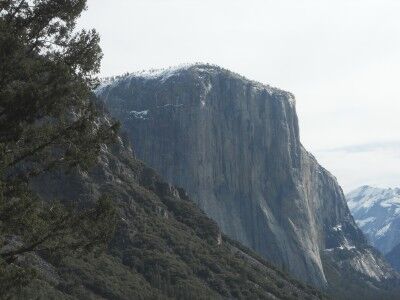One of the main reasons I wanted to go to Yosemite was to get the chance to see frazil ice. Yosemite Creek is famous for frazil ice, but the temperatures have to be perfect for it to form. It needs to be a clear, cold night where temperatures get down into the 20s or lower so that the mist from Upper Yosemite Falls and Lower Yosemite Falls freezes to the rocks on the way down. Then the day needs to be sunny and warm enough to melt that ice that froze overnight so that it falls off the sides of the waterfall walls and into the river forming a type of slush in Yosemite Creek. This slushy mess is called frazil ice. Unfortunately, I wasn’t lucky enough to see any frazil ice on my visit, but here are a couple of videos that show why I was hoping to see it (and why I will be going back until I get the opportunity to witness frazil ice)
Yosemite Creek
Yosemite Creek is often overlooked due to the magnificence of Yosemite Falls, but definitely should not be dismissed as it offers a number of beautiful photo opportunities. Yosemite Creek emerges from the base of Yosemite Lower Falls which eventually flows into the nearby Merced River. The first part of Yosemite Creek is rugged with large boulders, but becomes calmer as it flows away with it meandering under a few beautiful bridges:
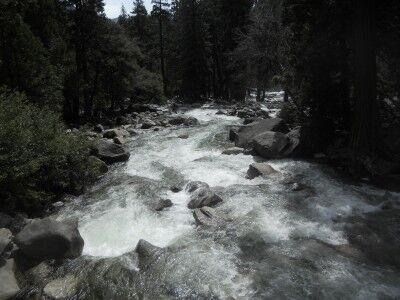
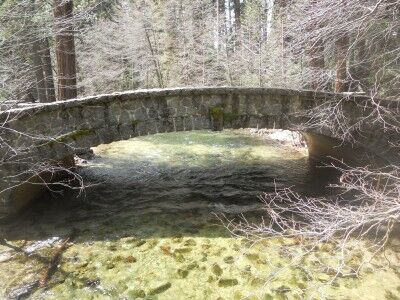
Lower Yosemite Falls
The Lower Yosemite Fall is one of the easiest Yosemite Valley waterfalls to access and makes for some wonderful photos. The Lower Yosemite Falls is the final portion of Yosemite Falls and descends 320 feet (98 meters) drop. There is a viewing area at the bottom where many people that visit Yosemite gather to take photos. The Lower Yosemite Falls is easily accessible near the Yosemite Lodge on flat paved paths and just over a mile hike from the Yosemite visitor center:
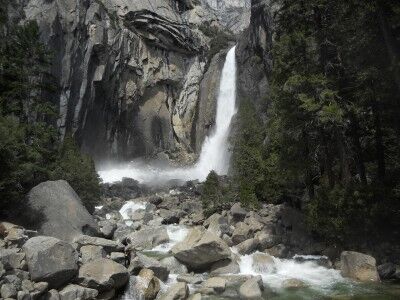
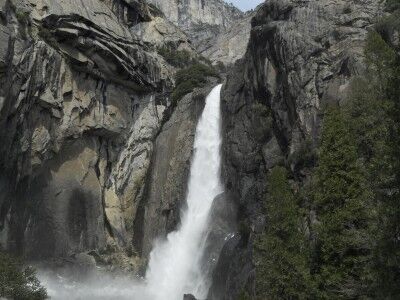
Upper Yosemite Falls
One of the most spectacular sights in Yosemite is Yosemite Falls which can be seen from a number of spots on the Yosemite Valley floor and makes for breath taking photos. The Yosemite Upper Falls drops 1,430 feet (440 meters), and just the Upper Falls section ranks as a top 20 waterfall in the world. There are hiking trails from the valley floor to both the top and base of Upper Yosemite Falls. Yosemite Upper Falls usually has water flow year round, but there have been occasions when it has gone dry in the past.
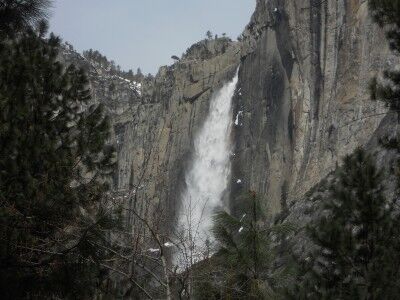
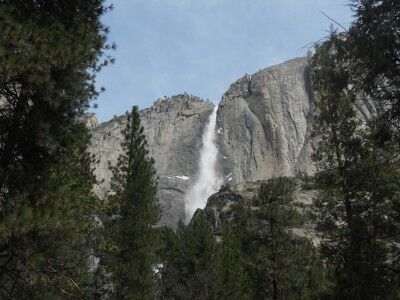
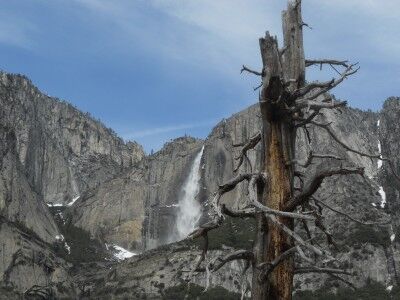
Yosemite Wildlife
As you walk around the Yosemite Valley, there is a fairly good chance that you will come across some wildlife. Squirrels are plentiful and there is also a good possibility of seeing mule deer if you keep your eyes open. There are a wide variety of birds flying around. While much less common to spot, there are black bears, coyotes and mountain lions. Yosemite wildlife makes the beautiful scenery all that more enjoyable:
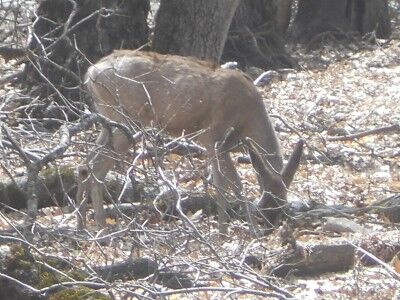
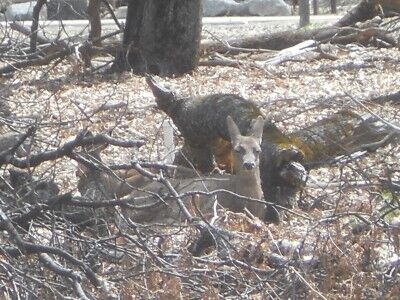
Yosemite Wildlife List
Black Bears: If you’re lucky, you might spy a black bear. The black bear isn’t always “black — its fur can also be brown, blond, cinnamon and even white.
Mule Deer: Quite common on the Yosemite valley floor and in meadows, they are one of the easiest big animals to find in Yosemite. Mule deer are also called “Black-Tailed Deer”.
Coyotes: You are more likely to hear the yelps of coyotes than actually see them, but coyotes do roam Yosemite valley. Coyotes are sometimes mistaken for wolves, but wolf packs have never been part of Yosemite.
California Ground Squirrel: You are not likely to see them in the winter when they hibernate, but are likely to during the warmer months. They have a grey/white mottled fur which helps you tell them apart from the Western Grey squirrel.
Western Grey Squirrel: If you see a squirrel during the winter season, chances are it is a Western Grey squirrel. They are known for their quite bushy tails.
Mountain Lions: The chances are that you will never see a mountain lion while visiting Yosemite due to their secretive nature, but they do live in the park. Mountain lions are an important predator which help control the deer, raccoon and squirrel populations.
Marmots: If you happen to be in the Olmstead Point to Tuolumne Meadows area of Yosemite, you might see these large brown rodents sunbathing in the meadows and among the rocky crevices of the high mountain peaks.
Yosemite Cemetery
In Yosemite Valley just to the west of the Yosemite Museum Gallery lies the Yosemite Pioneer Cemetery. The cemetery dates back to the 1800s with many of the graveyard headstones still readable. The Yosemite graveyard includes a number of graves including those of Native American, early pioneers and former Yosemite Valley residents. It’s now surrounded by staff buildings, but is well worth taking a walk through to view some of the early history of Yosemite.
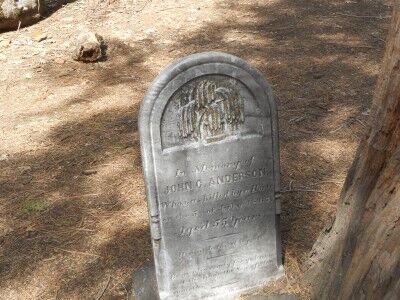
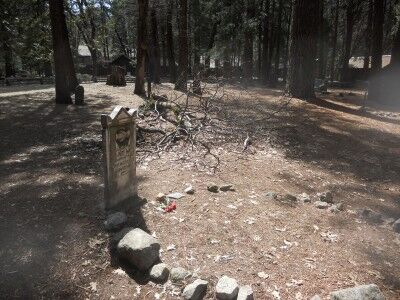
Bridalveil Fall Yosemite
Bridalveil fall is one of the prominent landmarks you will see if you enter Yosemite National Park from the south end and stop at Tunnel View. Bridalveil Fall is 617 feet (188 meters) high and flows year round, although the rate of flow changes from season to season. Ostrander Lake which is just under 10 miles away is the primary water source of Bridalveil Falls.
It is a short hike from the parking lot up to a view point of Bridalveil Fall. The few times I have visited, there has always been enough wind to make photo taking at this view point problematic as the mist from Bridalveil Fall quickly covers the lens of the camera. There are, however, other points along the path were nice photos can be taken if this happens to be the case when you visit as well:
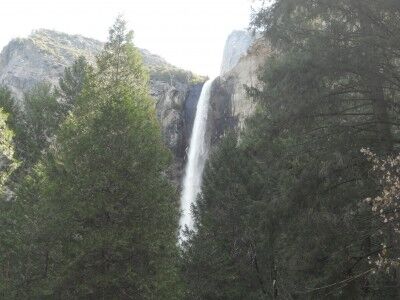
There are a couple of foot bridges that offer good views of Bridalveil Fall and also are interesting in their own right. The river that forms at the bottom of Bridalveil Fall also offers a number of wonderful opportunities for interesting photography:
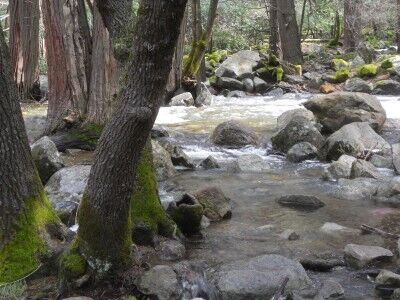
The Ahwahneechee Indian tribe that used to live in Yosemite Valley believed that a vengeful spirit named Pohono (Spirit of the Puffing Wind) dwells within Bridalveil Fall and guarded the entrance to Yosemite Valley. Although Pohono was a vengeful spirit, the Ahwahneechee Indians didn’t see Bridalveil fall as all evil. They thought that inhaling the mist of Bridalveil Fall would improve one’s chances of marriage.
Tunnel View Yosemite
If you enter Yosemite National Park from the south along California State Route 41, the first grand view of Yosemite Valley that you will see will be at Tunnel View. Tunnel View is located directly east of the Wawona Tunnel as you exit the tunnel and emerge into Yosemite valley. The view is spectacular with the southwest face of El Capitan, Half Dome, and Bridalveil Fall all part of the scenery. Definitely worth the stop to get your first peak of the wonders that you are going to have the opportunity to explore closer as you drive down into Yosemite Valley:
